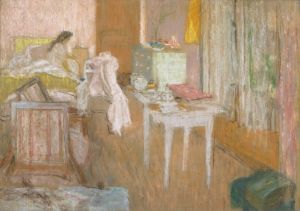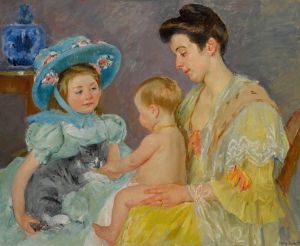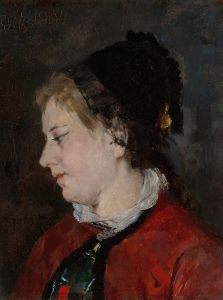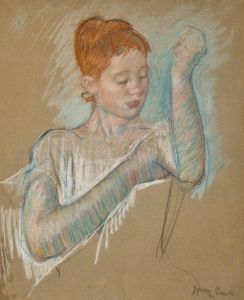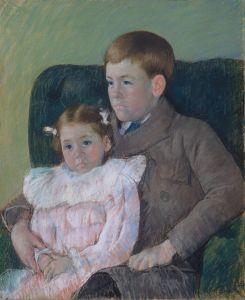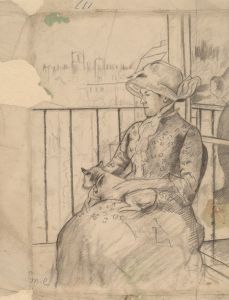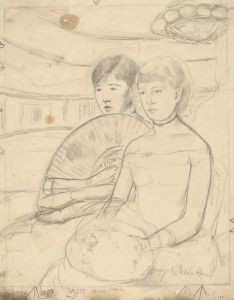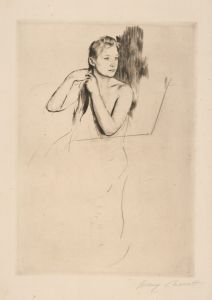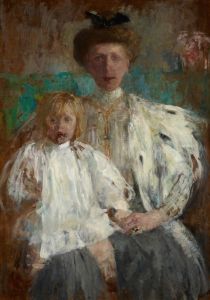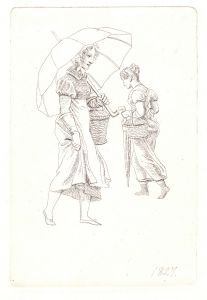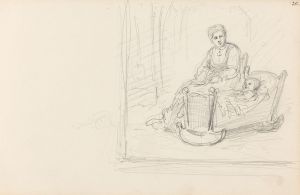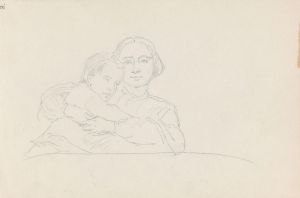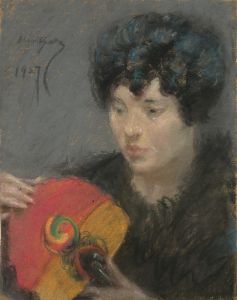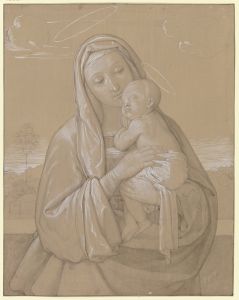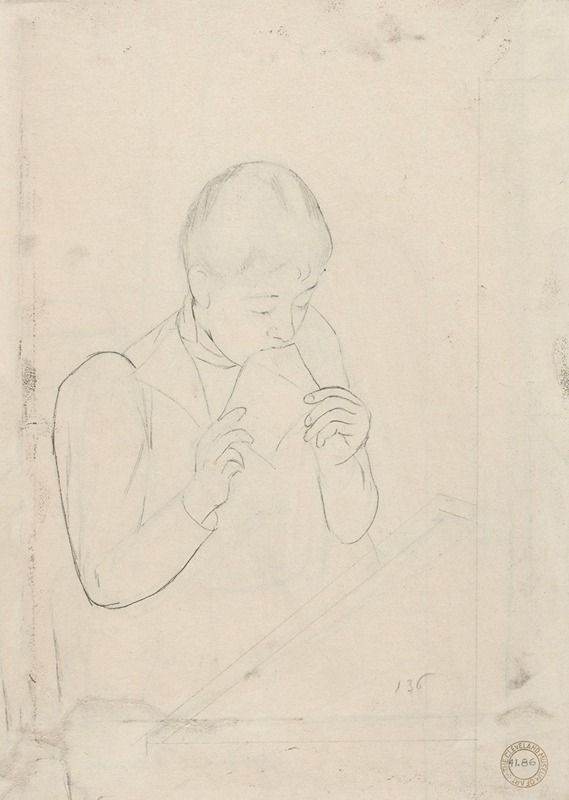
The Letter
A hand-painted replica of Mary Cassatt’s masterpiece The Letter, meticulously crafted by professional artists to capture the true essence of the original. Each piece is created with museum-quality canvas and rare mineral pigments, carefully painted by experienced artists with delicate brushstrokes and rich, layered colors to perfectly recreate the texture of the original artwork. Unlike machine-printed reproductions, this hand-painted version brings the painting to life, infused with the artist’s emotions and skill in every stroke. Whether for personal collection or home decoration, it instantly elevates the artistic atmosphere of any space.
Mary Cassatt's painting "The Letter" is a notable example of her work, reflecting her unique contribution to the Impressionist movement and her focus on the intimate and domestic lives of women. Cassatt, an American painter who spent much of her adult life in France, was one of the few women associated with the Impressionist movement and was known for her depictions of women and children in everyday settings.
"The Letter," created in 1890-1891, is a part of Cassatt's series of color prints, which were heavily influenced by Japanese woodblock prints, known as ukiyo-e. This influence is evident in the composition, use of color, and the flat, two-dimensional perspective that characterizes the work. Cassatt was introduced to Japanese prints during an exhibition in Paris in 1890, which had a profound impact on her artistic style. She adopted the bold lines, flat areas of color, and unconventional perspectives seen in Japanese art, integrating these elements into her own work.
In "The Letter," Cassatt depicts a woman engaged in the act of sealing a letter. The subject is portrayed in a domestic setting, a common theme in Cassatt's work, emphasizing the private and personal aspects of women's lives. The composition is simple yet effective, focusing on the woman's hands and the letter, drawing the viewer's attention to the act of communication. The use of color is restrained, with a limited palette that enhances the sense of intimacy and focus on the subject.
Cassatt's technique in this piece demonstrates her mastery of the printmaking process, particularly the use of aquatint, a method that allows for the creation of subtle gradations of tone. This technique, combined with her understanding of color and form, results in a work that is both delicate and powerful, capturing a moment of quiet introspection.
"The Letter" is significant not only for its aesthetic qualities but also for its representation of Cassatt's broader artistic goals. Throughout her career, Cassatt sought to portray women as active, thinking individuals, challenging the traditional representations of women in art. Her focus on everyday activities, such as writing a letter, elevates these moments, highlighting their importance and the agency of her female subjects.
Mary Cassatt's contributions to the Impressionist movement and her exploration of themes related to women's lives have earned her a lasting place in art history. "The Letter" exemplifies her innovative approach to composition and her ability to convey depth and emotion through seemingly simple scenes. Today, Cassatt's work continues to be celebrated for its technical skill, its beauty, and its insightful portrayal of the human experience.





